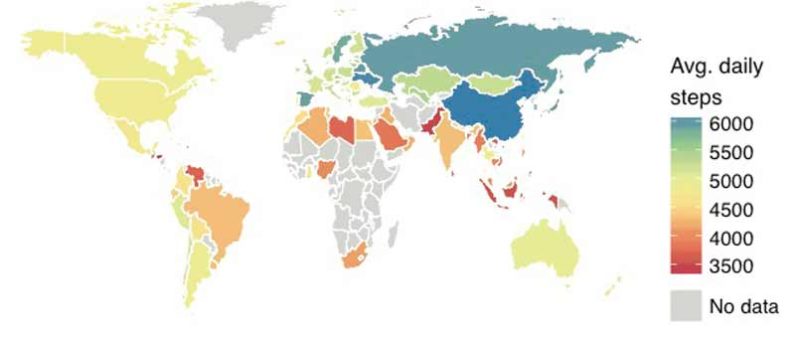The perception of most people on oral health has been changing in recent times. The leading factor for the attitudinal change in behavior regarding oral health is the growing awareness that poor oral hygiene can damage the body system beyond tooth decay and cavity. In addition, various research has indicated that people with poor oral hygiene are more exposed to cardiovascular diseases like diabetes and heart-related sickness.
According to Brampton dentist Dr. Ibrahimli, a member of the Canadian Dentist Association, dental treatment should begin for a child no less than the child’s first birthday celebration. Early dental orientation is to understudy the oral health position of an individual to detect any form of oral health issue early. Once dental treatment starts early, it will assist both adults and children maintain oral hygiene throughout their lifetime.
However, studies have shown that not everyone can conveniently afford such dental care from infancy to adulthood. This is because they do not earn enough to adequately cater to this need, alongside other pressing needs they must deal with daily. This article will look into the connection that exists between income inequality and oral health. Read on to discover more.
Income inequality categorizations
Income earned by individuals, households, and the economic prowess of states vary. An individual can be classified into different categories to indicate their level of income. Income earned can be grouped into high, medium, and low-income, and the same categorization applies to the household.
Various studies indicate that the rate at which low-income households pay attention to oral health is low compared to high-income earners. They are less likely to receive dental treatment and urgent dental needs than high-income households.
How income level affects oral health
Income level plays a crucial role in health management. Many people differ in their treatment for various dental health challenges due to their level of income. A survey conducted indicates that over 80% of Americans delay oral treatment due to their inability to offset the cost even though it is a big challenge to live the oral pain.
Part of the factors contributing to the increase in dental care apathy is the high cost of treatment far beyond the reach of low-income earners. So, only those with dental benefits, earn a high income are most likely to visit the dental clinic compared to those with no dental coverage.
In the U.S, about 74 million of the entire population do not have dental benefits. Out of the two-third of the population that have dental coverage are secured by their company health benefits. The implication is that employees with no dental benefits as part of the employee package do not enjoy free dental treatment when they have dental health diseases.
Oral health among low-income earners
Research conducted in Illoins indicates that 1/3 of children of low-income earners have cases of untreated tooth decay. The overall impact of this report is that the children of the lower class are five times likely to have poor oral health compared to their contemporaries in high-earning income families.
The same goes for low-income earning families in poorer countries. In developing countries, the combination of medical institution failure, inadequate facility, and skilled hands has further aligned the low-income capacity to access dental treatment, leaving those with high income in pole positions to access the fewer clinics that offer dental services.
The impact of poor dental health on humans
The impact of oral health goes beyond tooth decay or bad breath. When dental health diseases are not treated on time, it affects employment and productivity. While different forms of treatment can restore oral imbalance provided the patient can afford the medical cost.
However, other costs attributed to poor dental health are not concise but significantly impact overall performance. It is easier for high-income earners to address oral health issues quickly, while those on the low end of the pole often defer treatment to another time due to their inability to afford the treatment cost.
Final thought
It has been discovered that oral health issues, if not promptly treated, can cause life-threatening diseases like cancer, dementia, or pneumonia. Poor oral health is not specific to a particular group of people or income class. However, when oral health issues arise, an individual’s ability to respond is often subject to his socio-economic class. Either in a developed or developing economy, the response to oral health treatment is equal among people of the same social-economic groups.
Income level is crucial to addressing dental health issues. It has been discovered that high-income individuals and households are better positioned to address the situation than low-income earners.
















